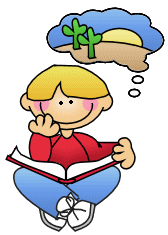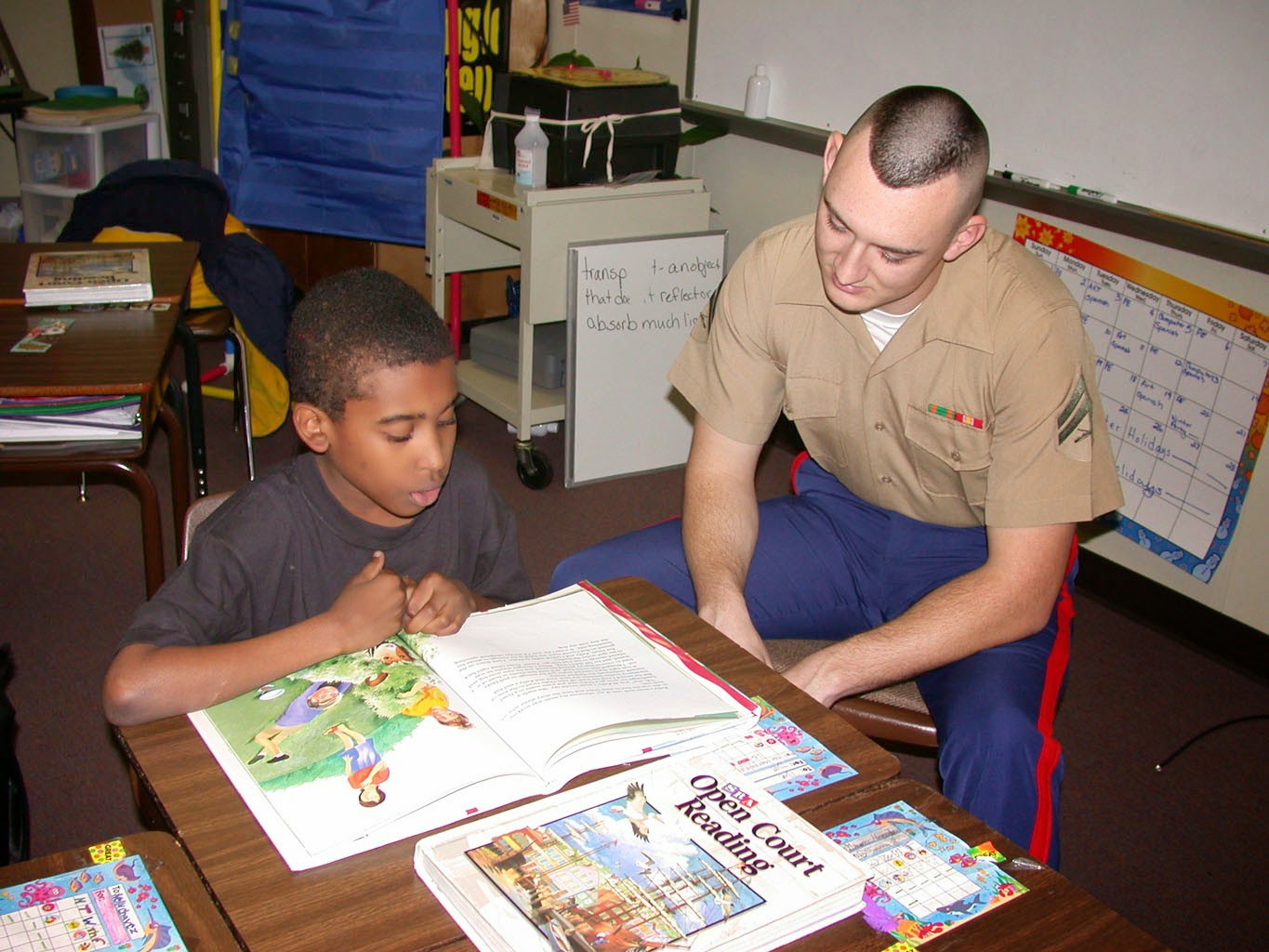This article discusses how chunking, monitoring, and listening strategies help improve reading comprehension.
Chunking means to to break up text
that may be too long or difficult for a child, into manageable sections or
"chunks." Chunking helps students organize information, making it
easier for them to pull information together for a better understanding of the
main idea of the text. Let's look at examples of how to use chunking to improve
comprehension. First I will show you a regular text passage, then explain how
to use chunking, and show you examples of chunked text.
Regular Text Passage:
Michael's birthday party was on
Saturday. He got so many presents he didn't know what to do. His toy chest,
closet, and drawers were already all filled up and he didn't know where to put
his new toys and clothes. His new stuff was all over his room and his mother
kept coming in and telling him to find a place to put it. Michael was so
frustrated that he decided to take a break and look through his old baseball
cards in the garage. While he was out there, he saw some of his toys from when
he was in preschool. That was when he got his big idea. Michael asked his mom
if he could donate his old toys to other children who did not have a lot of
toys. She said "Yes." Now he would have room for all of his new toys
and clothes.
How to Use Chunking
Break the passage into separate
sections. After the student reads each section have them monitor their own
comprehension by asking questions about what they don't understand, explaining
or writing the passage in their own words, and making predictions about what
will happen next.
After practicing several times with
you, encourage them to try these strategies on their own. When they first start
using this technique independently, chunk the text for them. While they read
each chunk of the passage, have them jot down questions they have so they can
ask you later, look up words they don't know, rewrite or say the passage in
their own words, and make predictions about what will happen next. Once they
get the hang of using these strategies, encourage them to to start making
chunks on their own with future passages. As you notice considerable
improvement in reading comprehension, have the child take on more difficult,
longer passages.
Example of Chunking
Chunk 1:
Michael's birthday party was on Saturday. He got so many presents he didn't
know what to do.
Chunk 2:
His toy chest, closet, and drawers were already all filled up and he didn't know where to put his new toys and clothes. His new stuff was all over his room and his mother kept coming in and telling him to find a place to put it.
His toy chest, closet, and drawers were already all filled up and he didn't know where to put his new toys and clothes. His new stuff was all over his room and his mother kept coming in and telling him to find a place to put it.
Chunk 3:
Michael was so frustrated that he decided to take a break and look through his old baseball cards in the garage. While he was out there, he saw some of his toys from when he was in preschool. That was when he got his big idea.
Michael was so frustrated that he decided to take a break and look through his old baseball cards in the garage. While he was out there, he saw some of his toys from when he was in preschool. That was when he got his big idea.
Chunk 4:
Michael asked his mom if he could donate his old toys to other children who did not have a lot of toys. She said "Yes." Now he would have room for all of his new toys and clothes.
Michael asked his mom if he could donate his old toys to other children who did not have a lot of toys. She said "Yes." Now he would have room for all of his new toys and clothes.
Side Note* Children who have
significant difficulty sounding out new words or automatically recalling
familiar words often lose meaning when reading. If you are working with a child
who has significant difficulty reading words, you may want to try very small
chunks to help with comprehension. Below is an example of very small chunks,
using an excerpt from the passage above:
Michael's birthday party - was on
Saturday.
He got so many presents, - he didn't know what to do.
His toy chest, closet, and drawers were already all filled up - he didn't know where to put his new toys and clothes.
His toy chest, closet, and drawers were already all filled up - he didn't know where to put his new toys and clothes.
Here are some questions you can have
the child answer after reading each chunk:
Michael's birthday party - Who had a
party?
was on Saturday - When was the
party?
He got so many presents - What
happened?
he didn't know what to do - How do
you think he feels?
His toy chest, closet, and drawers
were already all filled up - What is Michael's room like?
he didn't know where to put his new
toys and clothes - What problem is Michael having?
Once your child or student gets the
hang of answering these types of questions, teach them to ask themselves and
answer similar questions when reading small chunks in future passages. Have
them practice coming up with questions and answering them in front of you until
you are confident that they have the hang of it.
Listening
Another excellent strategy to help
students develop their comprehension skills is listening to someone read while
they read along. Listening while reading helps with comprehension because
students who struggle to understand text, are often able to understand the same
information when it is spoken. Studies show children often learn better when
taught using different modes at the same time. This is called multimodal teaching.
In this example the two modes are auditory - hearing the words, and visual-
seeing the word. This strategy can also improve a child's ability to recognize
words automatically (sight-word recognition).







No comments:
Post a Comment